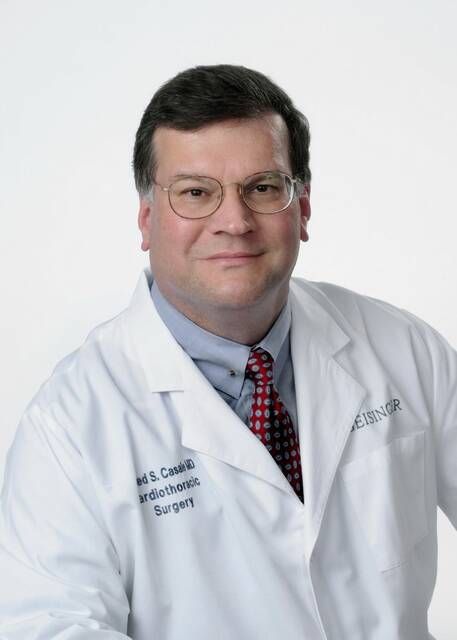Click here to subscribe today or Login.
“To cure sometimes, to relieve often, to comfort always.”
These profound words so beautifully describe the ideal objective of medical care. Who first used them is unclear. Although today we might add something about preserving health rather than focus on dealing with disease, the sentiment as expressed certainly is powerful. Its endorsement of comfort leads to today’s discussion of palliative care and hospice.
When we hear the term “palliative care,” many of us fall short of understanding its function, or we think it’s synonymous with hospice care, which it isn’t.
Both palliative and hospice care provide comfort for patients with life-limiting illnesses, but they take place at different times during a patient’s care journey, and they differ a bit in their approach and available services. They are alike in that they provide supportive care when it’s needed most.
Palliative care can begin at any time during a life-limiting illness, even while you’re undergoing active treatment. It can include:
Pain and symptom management during treatment
Supportive care
Improving quality of life
Educational resources
Helping you understand your prognosis and treatment options and define your health care goals
Help with creating an advance directive
Supportive care can include physical care, but it can also help patients with psychological, social and spiritual issues.
And if you’ve never heard of an advance directive, it’s a legal document that allows you to express your preferences – what kind of care you do or do not want to receive. It also allows you to designate someone to make decisions for you if you become unable.
Hospice care is available when life expectancy is six months or less, and it provides:
Pain and symptom management focused on comfort
Companionship, assistance and emotional and spiritual support
Bereavement services for family and caregivers
Hospice can take place in the home, in an assisted living or long-term care facility or in a dedicated hospice facility designed to offer the comforts of home.
Palliative care can be used during a variety of health conditions, including:
Heart failure
Kidney disease
Organ failure
Neurological conditions like Parkinson’s or ALS
Cancer
Considering the unique and unpredictable care journeys cancer patients experience can help us understand the spectrum of palliative care. Some cancer patients receive a terminal diagnosis while others endure a long course of treatment on their way to being cancer free. In both cases, patients can experience pain, discomfort and emotional strain that comes with symptoms, treatments and processing the diagnosis.
Fatigue, nausea, anxiety, trouble sleeping and trouble breathing are among the symptoms that can be mitigated with palliative care.
So, you can see just how important this type of medicine is to cancer patients. It can be part of your care plan from day one, or it can be instituted at any point along your journey when you and your care team feel it’s necessary.
The need for expanded palliative care services in our region is one reason Geisinger is designing a new cancer center in Dickson City. It will improve care coordination and availability of needed services and will house hematology/medical oncology, radiation oncology and palliative care under one roof. It will double infusion therapy services and triple exam room space currently available at Geisinger Community Medical Center in Scranton. And it will offer patients in Lackawanna County the opportunity to receive oncological care in the same patient-focused center that has a dedicated clinical space for palliative care.
Dr. Alfred Casale, a cardiothoracic surgeon, is chief medical officer for surgical services for Geisinger and chair of the Geisinger Heart Institute. Readers may write to him via [email protected].





